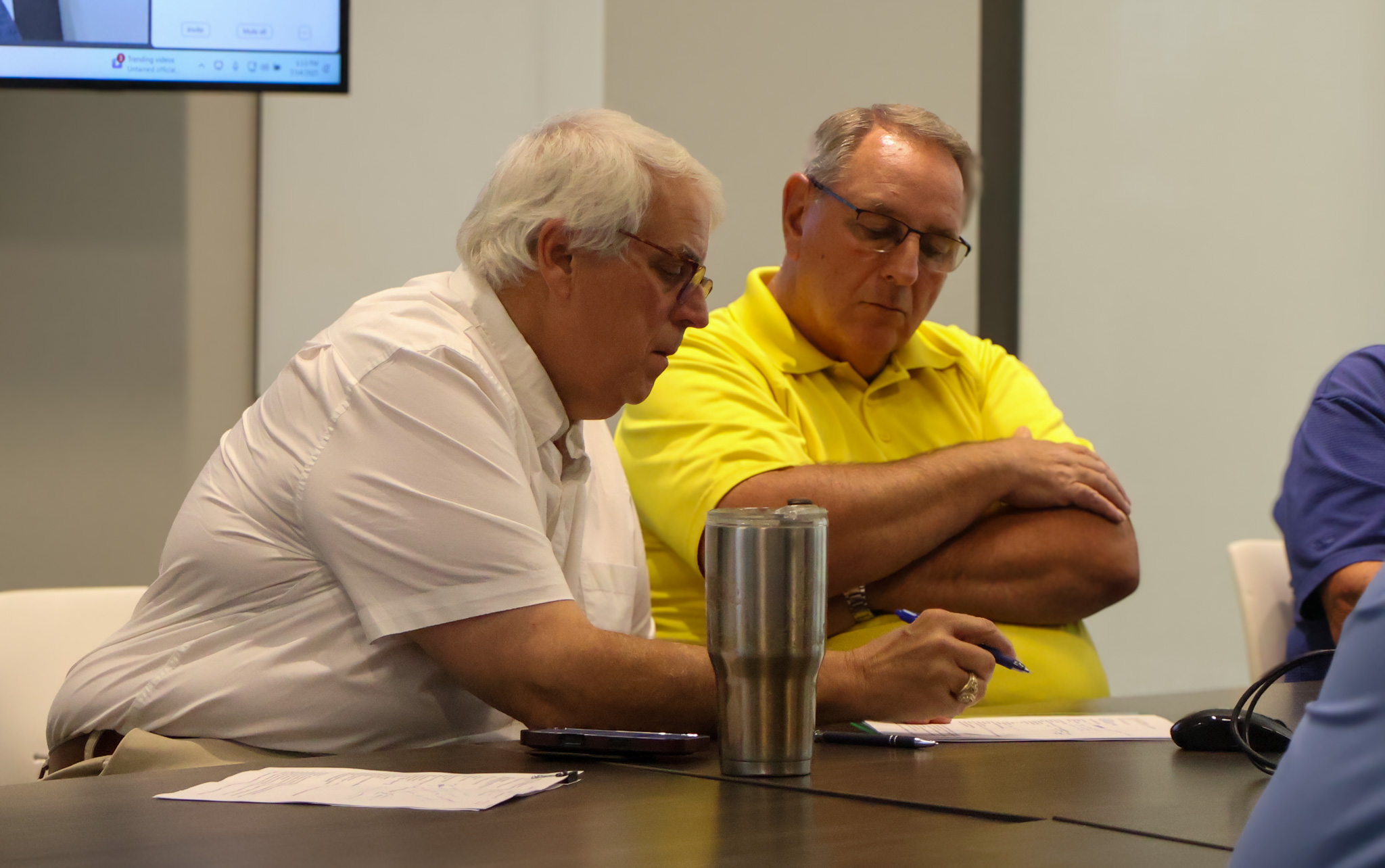Mid-America Port Commission elects Doug Aeilts as chair

CANTON, Mo. — Doug Aeilts was elected chairman of the Mid-America Port Commission (MAPC) by his fellow commissioners at their meeting Monday afternoon on the Culver-Stockton College campus.
Aeilts is the chief executive officer and general manager of Northeast Missouri Electric Power Cooperative. He was first appointed to the board by former Missouri Governor Matt Blunt in 2006 and recently served as its vice chair until being nominated for chairman by his predecessor, Blake Roderick.
Roderick served on the executive committee of the National Waterways Conference and was chair of MAPC for the last two years.
The board is made up of three members from each state the board oversees — Missouri, Illinois and Iowa — for a total of nine members. One member from each state is appointed by the governor, while others are appointed by various county boards and commissions.
Mike Norris, a governor’s appointee representing Iowa, recently served as the secretary and treasurer of the board. He was nominated by Roderick and approved by his peers for the vice chair position.
Norris is the executive director of the Southeast Iowa Regional Planning Commission in West Burlington, Iowa, as well as for Great River Housing, Inc. and Southeast Iowa Housing Inc. He serves on the Iowa Department of Transportation Freight Advisory Council and is an administrator of the Southeast Iowa Regional Economic and Port Authority.
Norris nominated newcomer Karen Voss to replace him as secretary and treasurer. Voss joined the board in April after being appointed by the Mid-America Intermodal Authority Port District in March. She is the chief financial officer at Ursa Farmers Cooperative Company.
The organization was established in 1999 and oversees the transportation of 14 million tons annually across 26 counties in Illinois, Missouri and Iowa, according to its website. The heart of MAPC’s mission is to assist regional businesses by increasing the efficiency of water and inland transportation systems.
More than 500 million tons of goods were transported on the Mississippi River in 2019, according to a Bureau of Transportation Statistics analysis. Soybeans, distillate fuel oil, corn, crude petroleum and coal were among the top commodities.
Aeilts said one of the biggest challenges currently facing the board is aging river infrastructure.
“We’re one of many organizations that are advocating for the replacement of (locks and dam systems) because of their age to improve efficiency of water transportation, which is the cheapest source of transportation to get stuff from here down to the Gulf,” he said.

Lock & Dam 21, located at 909 W. Lock and Dam Road in Quincy, was constructed in the 1930s. According to a 2018 U.S. Army Corps of Engineers report on the complex, “acute unemployment” in the Quincy area prioritized its construction ahead of other lock and dam projects. The project was completed with $4.15 million in federal funds and began operating in 1938.
Like many other pieces of river infrastructure constructed in the 1930s, the facility had an anticipated lifespan of 50 years but has lasted nearly twice as long. According to the American Society of Civil Engineers (ASCE), four in five of the nation’s lock and dam systems within the inland waterways system have exceeded the 50-year lifespan they were designed for, resulting in average delays of nearly three hours.
A 2019 United States Department of Agriculture report found that delays had increased in duration and frequency between 2000 and 2017, with more than half of all vessels transporting goods on the Mississippi River experiencing a delay. Costs associated with such delays amount to more than $44 million annually and ultimately fall on farmers, the report said.
The ASCE stated that, though federal funding has increased, a multi-billion dollar construction backlog continues to stall modernization efforts. The organization gave the inland waterways system a C- grade, a B grade for ports and D+ grades to dams and levees.
With all of this in mind, Roderick emphasized the importance of keeping MAPC connected with state legislatures to advocate for increased funding for infrastructure development.
The next MAPC meeting is set to take place at 1 p.m. on October 13 in the Culver-Stockton College IDEA Center, located in the Gladys Crown Center, and is open to the public.
Miss Clipping Out Stories to Save for Later?
Click the Purchase Story button below to order a print of this story. We will print it for you on matte photo paper to keep forever.

